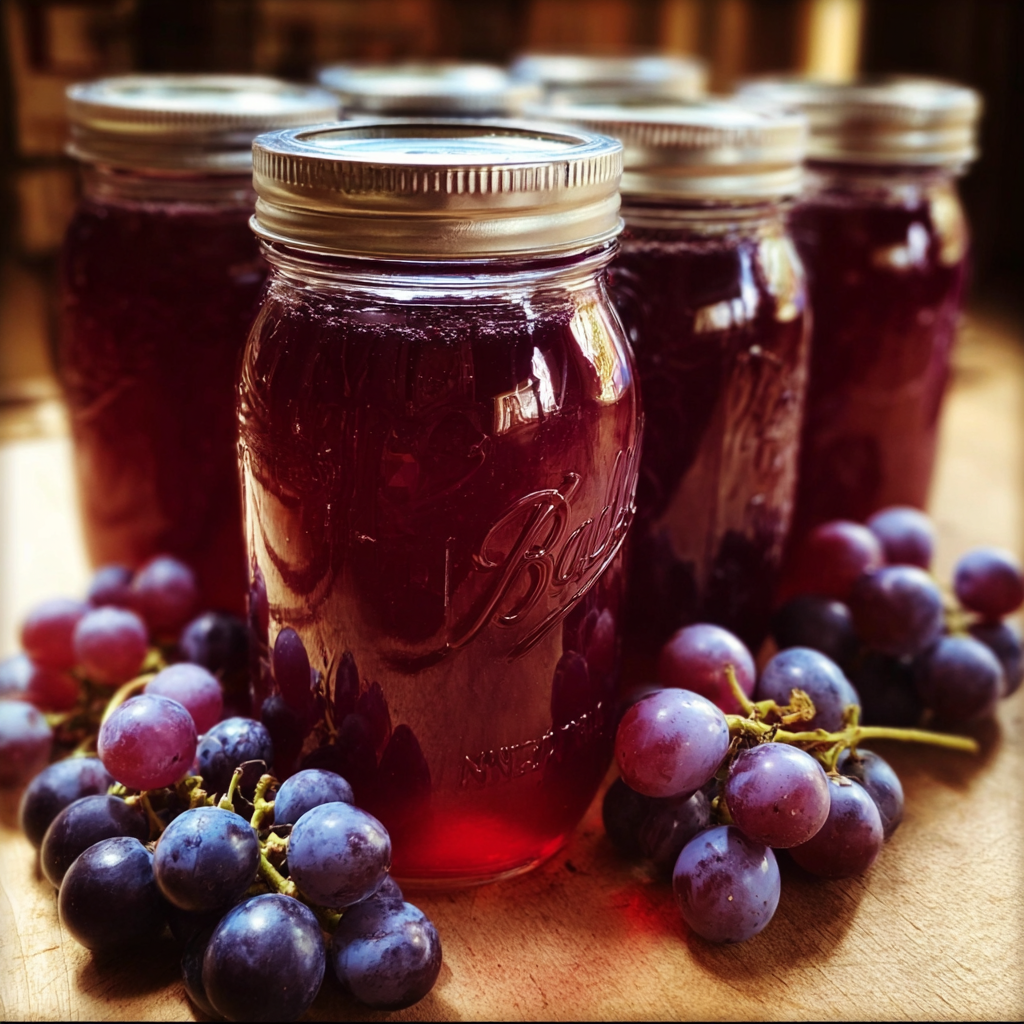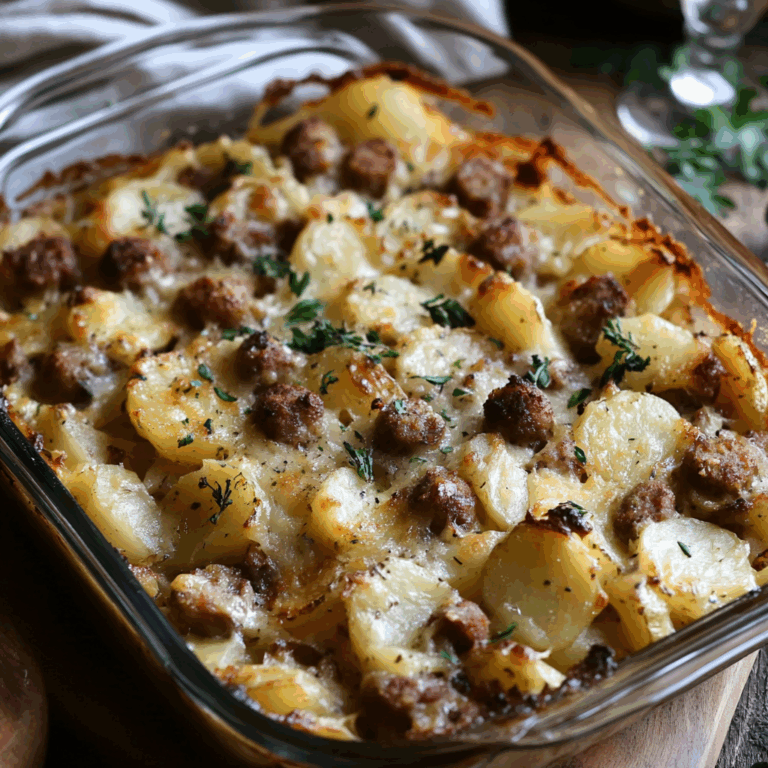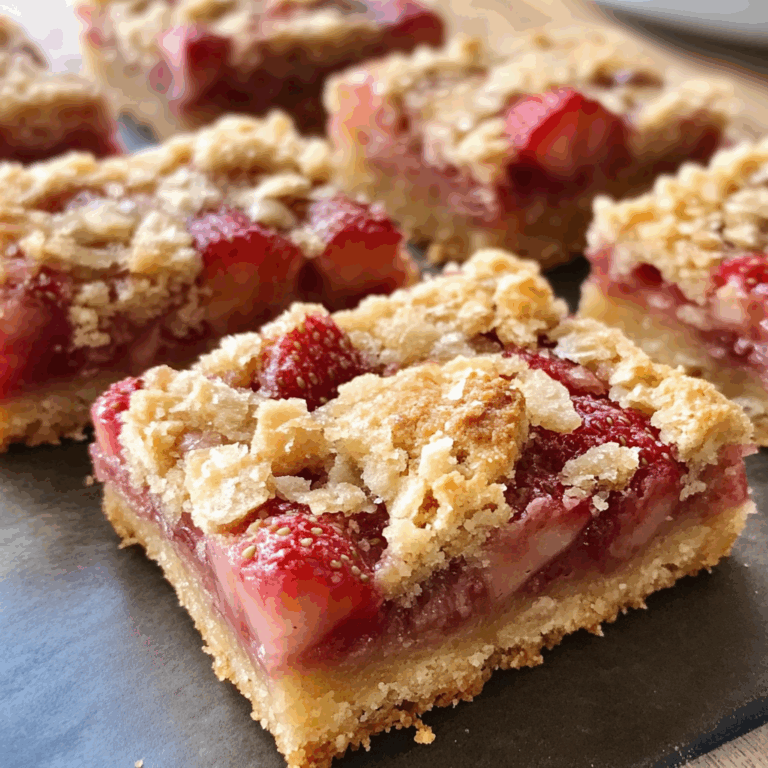Grape Juice Canning: A Flavorful Homemade Treat
Grape juice canning is a cherished tradition that allows you to capture the sweet, juicy essence of grapes and enjoy it long after the harvest season has passed. Whether you’re a seasoned canner or a beginner looking to explore the world of home preserving, mastering the art of grape juice canning can be a rewarding and delicious endeavor.
Imagine the satisfaction of popping open a jar of your own homemade grape juice, the rich purple hue and vibrant flavor transporting you to the lush vineyards. This versatile beverage can be savored on its own, used in cocktails, or incorporated into a variety of recipes, from baked goods to marinades. Let’s dive into the delightful world of grape juice canning and uncover the secrets to creating this homemade treat.
❤️ Why You’ll Love This Recipe ❓
Grape juice canning is a beloved tradition for good reason. Not only does it allow you to capture the fleeting essence of the grape harvest, but it also offers an array of benefits that make it a must-try for any home cook or food enthusiast.
One of the primary draws of grape juice canning is the unparalleled freshness and flavor of the final product. By controlling the entire process, from selecting the grapes to the canning method, you can ensure that your grape juice is bursting with the vibrant, true-to-grape taste that store-bought varieties often lack. Additionally, the satisfaction of creating something from scratch, with your own hands, is unmatched.
Beyond the exceptional flavor, grape juice canning is also a highly versatile endeavor. The canned juice can be enjoyed on its own, used as a base for cocktails and mocktails, or incorporated into a wide range of recipes, from baked goods to marinades and sauces. This makes it a valuable asset in the kitchen, allowing you to add a touch of homemade goodness to countless dishes.
🛒 What You Need to Prepare Grape Juice Canning ❓
• Canning jars (pint or quart size)
• Canning lids and rings
• Large stockpot or canning pot
• Potato masher or juicer
• Funnel
• Ladle
• Canning tongs
The beauty of this grape juice canning recipe is that most ingredients are readily available, and the process can be easily tailored to your specific needs. Whether you have access to a bountiful grape harvest or can source high-quality grapes from your local market, this recipe is a fantastic way to capture the essence of the season and enjoy it all year round.
📝 How to Make Grape Juice Canning Step-by-Step ❓
• Step 2: Place the grapes in a large stockpot and crush them using a potato masher or juicer to release the juice.
• Step 3: Heat the crushed grapes over medium heat, stirring occasionally, until the juice begins to simmer and the grapes release more liquid, about 10-15 minutes.
• Step 4: Remove the pot from the heat and strain the grape juice through a fine-mesh sieve or cheesecloth, discarding the solids.
• Step 5: Return the strained juice to the pot and bring it to a gentle boil, then reduce the heat and let it simmer for 5-10 minutes to help develop the flavor.
• Step 6: Carefully ladle the hot grape juice into the prepared canning jars, leaving 1/2 inch of headspace at the top.
• Step 7: Wipe the rims of the jars with a clean, damp cloth and place the lids and rings on the jars, tightening them finger-tight.
• Step 8: Process the sealed jars in a boiling water bath for 10 minutes (pint jars) or 15 minutes (quart jars).
• Step 9: Carefully remove the jars from the water bath and allow them to cool completely on a wire rack or towel-lined surface, about 12-24 hours.
• Step 10: Check that the lids have sealed properly by pressing on the center of each lid. If it doesn’t flex up and down, the seal is successful. Store the sealed jars in a cool, dark place for up to 1 year.
⏱️ Timing Overview
• Cooking time: 30 minutes
• Total time: 1 hour
Compared to traditional grape juice processing methods, which can involve extensive prep work and lengthy cooking times, this grape juice canning recipe streamlines the process while still delivering the same vibrant, flavorful results.
👩🏻⚕️ Nutritional Information
Per serving (based on 8 servings):
• Protein: 0.5g
• Carbohydrates: 24g
• Fat: 0g
• Fiber: 0.5g
• Sodium: 3mg
These homemade grape juice cans provide a healthy, naturally sweet alternative to store-bought options, offering a significant source of antioxidants and other beneficial plant compounds without added sugars or preservatives.
🔄 Healthier Alternatives for the Recipe
• Low-sodium version: Omit any added salt during the canning process for a sodium-free grape juice.
• Organic adaptation: Source organic grapes to create a preservative-free, chemical-free grape juice.
• Sparkling grape juice: Add a touch of seltzer water or club soda to the canned juice for a refreshing, effervescent twist.
• Spiced grape juice: Infuse the juice with warm spices like cinnamon, cloves, or star anise for a seasonal, aromatic variation.
These modifications can help tailor the grape juice canning recipe to suit your specific dietary needs or flavor preferences, allowing you to enjoy this homemade treat in a way that aligns with your health goals.
🍽️ Serving Suggestions
• Use the juice as a base for cocktails and mocktails, such as a grape spritz or a grape-infused lemonade.
• Drizzle the grape juice over pancakes, waffles, or French toast for a sweet breakfast treat.
• Incorporate the juice into baked goods, such as grape juice-infused muffins or grape juice cake.
• Utilize the juice as a marinade for meats or a glaze for roasted vegetables.
❌ Common Mistakes to Avoid
• Skipping the straining step: Failing to strain the juice can lead to a cloudy, pulp-heavy final product. Thoroughly straining the juice is essential for a clear, smooth consistency.
• Improper canning technique: Ensuring proper headspace, lid sealing, and water bath processing is crucial for the safe, long-term storage of the grape juice. Skipping or rushing these steps can compromise the integrity of the canned product.
• Using underripe or overripe grapes: Grapes that are not at the peak of ripeness may result in a subpar flavor or texture. Aim to use fresh, ripe grapes for the best possible grape juice.
• Not adjusting for dietary needs: Failing to consider modifications for reduced sugar, low sodium, or other dietary requirements can limit the accessibility of the grape juice canning recipe.
🧊 Storing Tips for the Recipe
These homemade grape juice cans retain their quality remarkably well:
• Freezing: The grape juice can also be frozen for longer-term storage. Allow the juice to cool completely, then transfer it to airtight containers or freezer-safe bags and freeze for up to 18 months.
• Reheating: To enjoy the grape juice after freezing, simply thaw the container in the refrigerator overnight and warm the juice gently on the stovetop or in the microwave before serving.
❓ FAQs
Can I make grape juice canning ahead of time?
Absolutely! One of the best things about grape juice canning is that it lends itself well to make-ahead preparation. The canned grape juice can be stored for up to 1 year in a cool, dark place, making it a fantastic option for stocking your pantry or preparing for the holiday season. Just be sure to follow the proper canning techniques to ensure a successful, long-lasting seal.
Can I substitute different types of grapes in this recipe?
Yes, you can experiment with different grape varieties to create your own unique grape juice blends. Concord grapes are a classic choice, but you can also try a mix of purple and green grapes, or even incorporate tart varieties like Niagara or Catawba to adjust the sweetness level. Just keep in mind that the final flavor profile may vary depending on the grape types used.
Is there a way to make this recipe more diet-friendly?
Absolutely! For a reduced-sugar option, you can use a combination of sweet and tart grape varieties, such as Concord and Niagara. You can also opt for organic grapes to create a preservative-free, all-natural grape juice. Additionally, you can explore ways to infuse the juice with warm spices like cinnamon or cloves, which can provide natural sweetness without added sugars.
What should I do if my grape juice doesn’t seal properly?
If a jar doesn’t seal correctly during the canning process, don’t worry – you can still enjoy the grape juice. Simply store the unsealed jar in the refrigerator and use it within 2-3 weeks. For future batches, double-check your canning technique, ensuring proper headspace, lid placement, and water bath processing to prevent any issues with the seal.
Can I add other fruits or flavors to the grape juice?
Absolutely! The grape juice canning recipe is highly versatile, allowing you to experiment with various flavor combinations. You can try adding a hint of citrus by infusing the juice with lemon or orange zest, or even incorporating complementary fruits like blackberries or apples. The possibilities are endless, so feel free to get creative and put your own unique spin on this homemade grape juice.
Conclusion
These homemade grape juice cans represent the perfect balance of convenience, flavor, and health benefits. Whether you’re serving them as a refreshing beverage, using them as a base for cocktails and mocktails, or incorporating them into a variety of recipes, they’re sure to impress with their vibrant color, rich taste, and versatility.
With simple ingredients and straightforward preparation, grape juice canning demonstrates that sophisticated flavors don’t require complicated techniques – just quality ingredients and a little bit of care in the canning process. By mastering this recipe, you’ll not only enjoy the satisfaction of creating something from scratch but also have a valuable homemade staple that can elevate countless dishes and drinks throughout the year.







